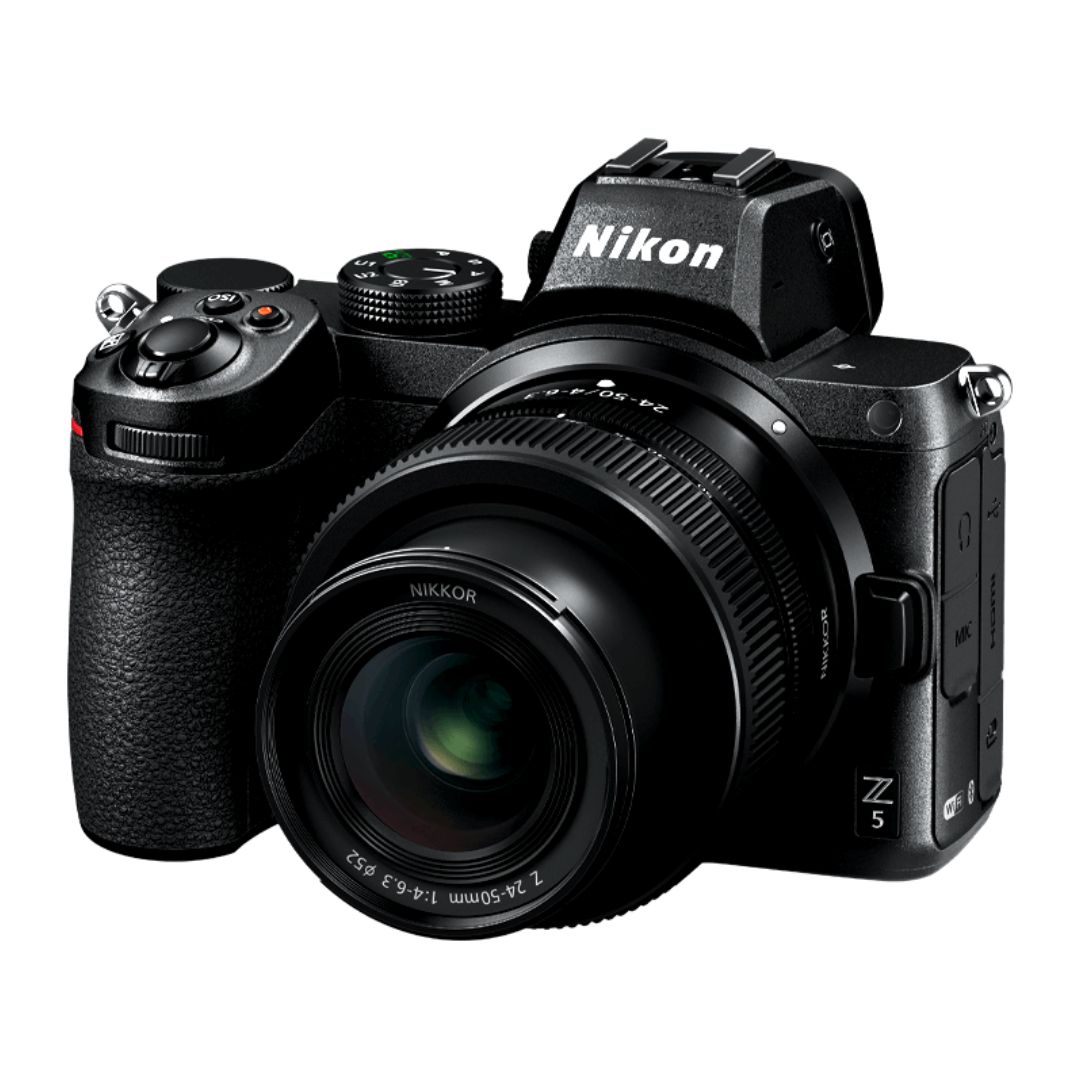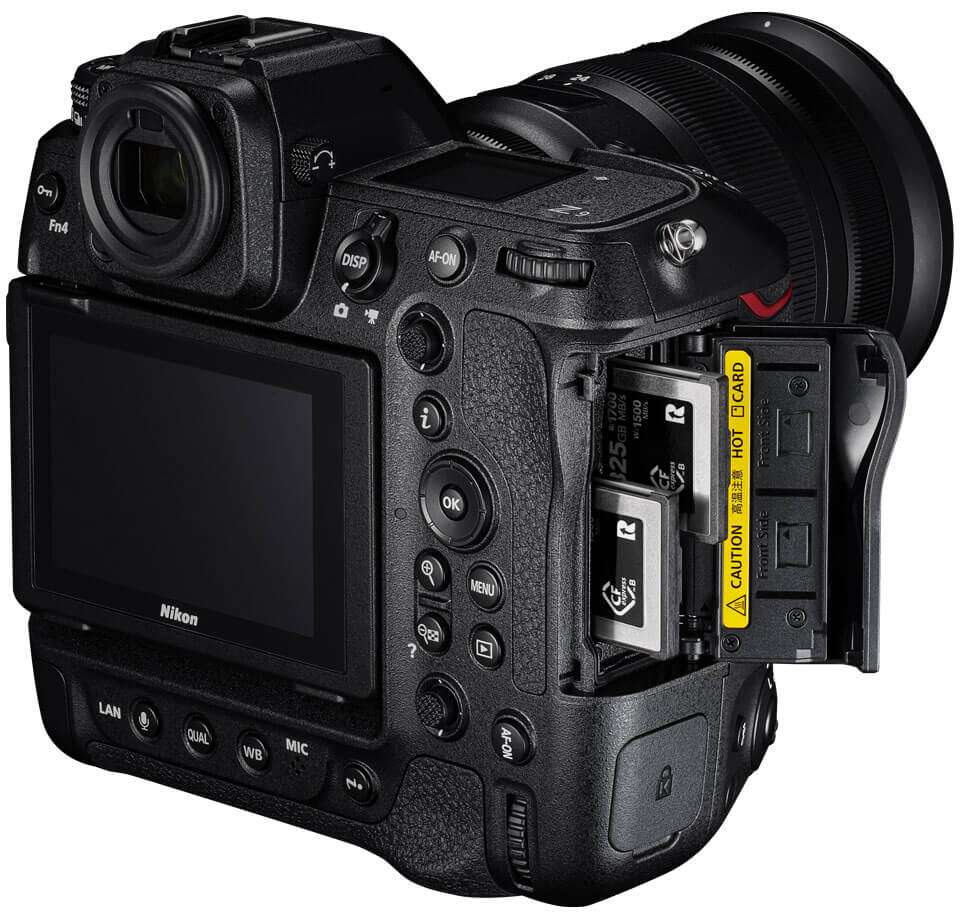Dramatic product shots relies on the interplay of light and shadows to create depth, contrast, and intrigue. This technique is widely used in luxury, high-end, and artistic brand campaigns to highlight textures, form, and premium quality. Whether you’re a professional photographer or an e-commerce seller looking to enhance your product images, mastering dramatic lighting techniques can elevate your visuals and boost conversions.
In this guide, we’ll cover everything you need to know about using shadows and highlights effectively to create stunning product shots that captivate audiences.
Understanding Light and Shadows in Product Photography
Before diving into practical techniques, it’s essential to understand the relationship between light and shadow.
1. The Role of Shadows in Photography
Shadows add depth and dimension to images by outlining the form of a product. When used correctly, shadows can:
- Create contrast: Making the product stand out from the background.
- Evoke emotions: Dramatic shadows can give an image a bold, artistic feel.
- Emphasize texture: Shadows highlight intricate product details.
2. The Importance of Highlights
Highlights are the brightest parts of an image where light directly hits the product. They serve to:
- Draw attention to key details: Shiny, well-lit areas guide the viewer’s eye.
- Balance composition: Highlights should be strategically placed to avoid overexposure.
- Create a luxurious appeal: Many high-end brands use controlled highlights to make products look more premium.
Essential Equipment for Dramatic Product Photography
To achieve striking shadows and highlights, having the right gear is crucial.
1. Camera & Lenses
- DSLR or Mirrorless Camera: Ensure manual settings for greater control over lighting.
- Prime Lens (50mm, 85mm, or Macro Lens): Helps capture sharp details and controlled depth of field.
2. Lighting Setup
- Single Light Source: Creates deep shadows and strong contrast.
- Softboxes & Diffusers: Control light intensity and prevent harsh highlights.
- Reflectors & Bounce Cards: Soften shadows and create balanced lighting.
3. Background & Surface
- Matte Black or Neutral Background: Enhances contrast and isolates the subject.
- Glass or Reflective Surfaces: Adds depth and creates mirror effects.
Lighting Techniques for Dramatic Product Shots
Different lighting techniques help in achieving unique effects with shadows and highlights.
1. High Contrast Lighting
- Use a single light source from one side to create sharp-edged shadows.
- Position light at a steep angle to emphasize textures.
2. Low-Key Lighting
- Dark backgrounds with minimal light create a moody, sophisticated atmosphere.
- A spotlight or directional light enhances the product’s contours.
3. Backlighting
- Place the light source behind the product for a glowing edge effect.
- Use smoke or mist to add a cinematic touch.
4. Rim Lighting
- Two lights at opposite angles behind the product outline its shape.
- Best for beverages, bottles, and reflective surfaces.
Best Camera Settings for Capturing Shadows & Highlights
Achieving the perfect exposure requires careful adjustment of camera settings.
1. Manual Mode
- Aperture (f/8 – f/16): Ensures sharpness and clarity.
- Shutter Speed (1/200 – 1/400 sec): Freezes light and prevents blur.
- ISO (100 – 400): Maintains image quality with minimal noise.
2. White Balance
- Use Kelvin settings (3200K – 5600K) to adjust for warm or cool tones.
- Custom White Balance based on the light source ensures accurate colors.
Post-Processing for Dramatic Effects
After capturing your shots, editing enhances the overall impact.
1. Adjusting Contrast & Exposure
- Increase contrast to make highlights and shadows more pronounced.
- Lower exposure slightly to deepen the shadows.
2. Enhancing Highlights & Shadows
- Use Dodge & Burn tools in Photoshop for selective brightness adjustments.
- Add vignettes to focus attention on the subject.
3. Color Grading
- Convert to black & white for a timeless, classic appeal.
- Apply cool tones for a sleek, modern look or warm tones for a cozy, inviting effect.
Conclusion
Dramatic product photography with shadows and highlights creates compelling visuals that enhance brand perception and captivate potential customers. By understanding lighting, using the right equipment, and refining images through post-processing, you can achieve high-impact product shots that stand out in any marketplace.
Experiment with different techniques and settings to find what works best for your brand’s aesthetic. The more you practice, the more refined and professional your product photography will become.

Sony Alpha a7 IV: The Ultimate Camera for Photography

Nikon Z5 Review: Is It Worth It?
-

Nikon Z9 : Game-Changer for Photography
-

Top Features of Nikon D850 That Make It Ideal for Portfolio Shoots
Sony Alpha a7 IV: The Ultimate Camera for Photography
Explore the Sony Alpha a7 IV in this complete 2025 review. Learn how its pro-level features, real-world performance, and hybrid flexibility make it the ultimate camera for photography across genres like portraits, weddings, travel, and commercial work. Table of Contents Section 1: Introduction – Why the Sony Alpha a7 IV Stands Out The Sony Alpha…
Nikon Z5 Review: Is It Worth It?
In 2025, photographers—whether hobbyists, content creators, or professionals—seek equipment that blends value, performance, and future-readiness. Enter the Nikon Z5, a full-frame mirrorless camera marketed as a gateway to high-end imaging without a flagship price tag. But how well does it hold up under real-world demands like studio shoots, weddings, landscape adventures, and lifestyle photography? In…
Nikon Z9 : Game-Changer for Photography
Discover why the Nikon Z9 is considered a true game-changer for photography. This in-depth Nikon Z9 review explores key features, real-world performance, and how it excels in professional photo shoots in 2025. Table of Contents 1. Introduction The photography world witnessed a significant shift with the launch of the Nikon Z9, a flagship mirrorless camera…
Top Features of Nikon D850 That Make It Ideal for Portfolio Shoots
Discover why the Nikon D850 is the ultimate DSLR for portfolio shoots. Explore its top features—from resolution and dynamic range to autofocus precision and workflow speed—that help photographers create stunning, high-impact images for professional portfolios. Whether you’re a portrait artist, fashion photographer, or visual storyteller, a portfolio shoot demands technical excellence, creative flexibility, and uncompromised…
Candid Moments with Canon EOS R10: Lightweight & Reliable
In the evolving world of mirrorless photography, the Canon EOS R10 stands out as a lightweight yet powerful camera tailored for real-life storytelling. Whether you’re photographing street scenes, family gatherings, weddings, or spontaneous portraits, capturing genuine emotion requires a responsive and discreet tool. This article dives deep into how the Canon EOS R10 excels in…
Bold Portraits with Canon EOS R5: Is It the Best for Work?
Studio photography has always demanded precision, artistry, and impeccable gear. As the expectations for commercial portraits, fashion campaigns, and editorial work continue to rise, the tools we use must evolve. Enter the Canon EOS R5, a camera that has stirred the professional waters with its impressive technical specs and forward-thinking design. In this comprehensive Canon…


